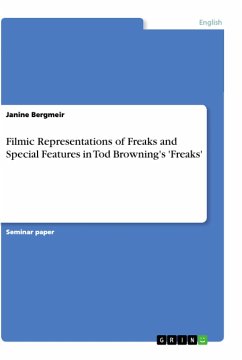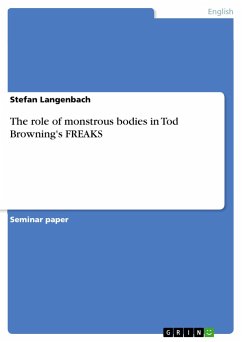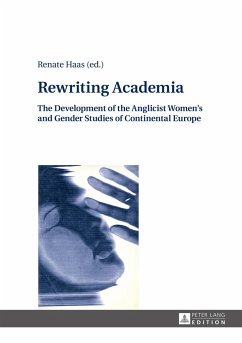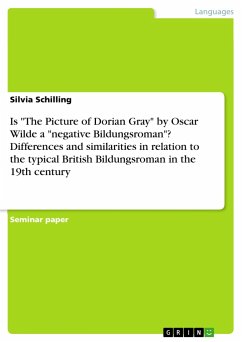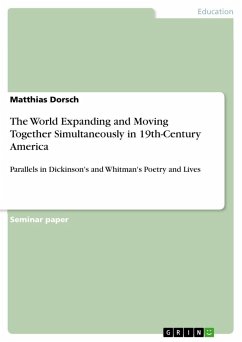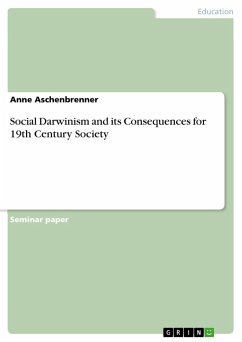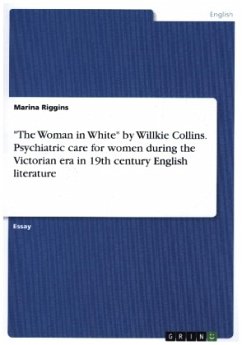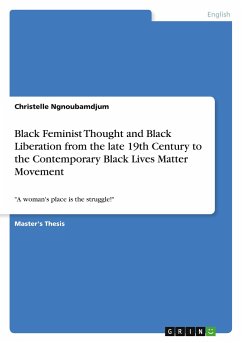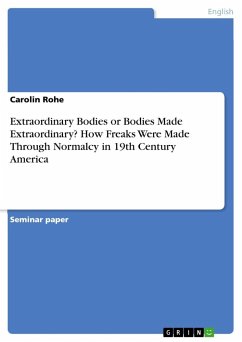
Extraordinary Bodies or Bodies Made Extraordinary? How Freaks Were Made Through Normalcy in 19th Century America

PAYBACK Punkte
0 °P sammeln!
Seminar paper from the year 2020 in the subject English Language and Literature Studies - Culture and Applied Geography, grade: 1,0, University of Cologne, language: English, abstract: This analysis will focus on how humans with extraordinary bodies were turned into freaks through processes that stem from a concept of normalcy. Firstly, the social construction of normalcy will be examined in combination with the societal expectation of bodies to be whole and how these expectations influenced the lives of people with unusual bodies. Moreover, the focus will be laid on the concept of Othering in...
Seminar paper from the year 2020 in the subject English Language and Literature Studies - Culture and Applied Geography, grade: 1,0, University of Cologne, language: English, abstract: This analysis will focus on how humans with extraordinary bodies were turned into freaks through processes that stem from a concept of normalcy. Firstly, the social construction of normalcy will be examined in combination with the societal expectation of bodies to be whole and how these expectations influenced the lives of people with unusual bodies. Moreover, the focus will be laid on the concept of Othering in order to further explain the formation of freak shows. In addition to that, Garland-Thomson's theory of Staring will be applied to the way that ordinary humans with extraordinary bodies were turned into freaks. The different theories are connected through the variable of normalcy. Normalcy influences the different ways that people were turned into freaks. The analysis is mainly based on theworks of Rosemary Garland-Thomson, who wrote about extraordinary bodies and the theory of Staring, Robert Bogdan and Brigham A. Fordham, who closely studied freak shows, and Lennard J. Davis and his concept on normalcy.'Monstrosity', 'Freak', 'Cripple' were terms that used to describe humans whose bodies deviated from the norm. These people were solely reduced to the way their bodies looked and how they possibly malfunctioned. In nineteenth century America, people with unusual bodies were exhibited in so-called freak shows, in order to make profit for the owners and to amuse the audiences. The body forms the center of attention in freak shows and is deeply connected to and intertwined with the concept of normalcy that is common in society. Even though the term 'freak' has a negative connotation nowadays and is not acceptable to use anymore, it used to be a set expression, which is the reason for using it in this analysis without quotation marks.




